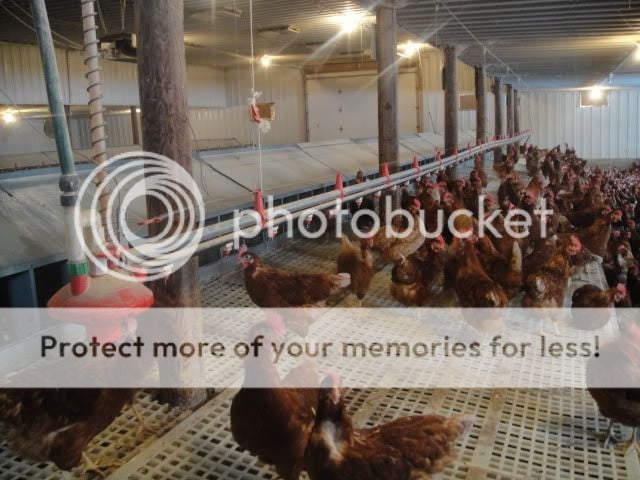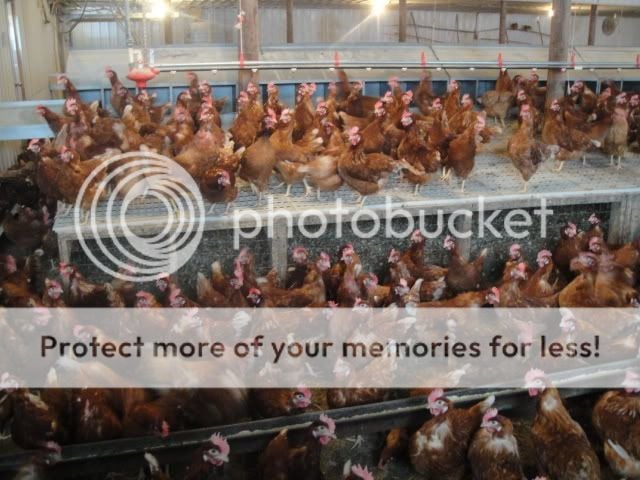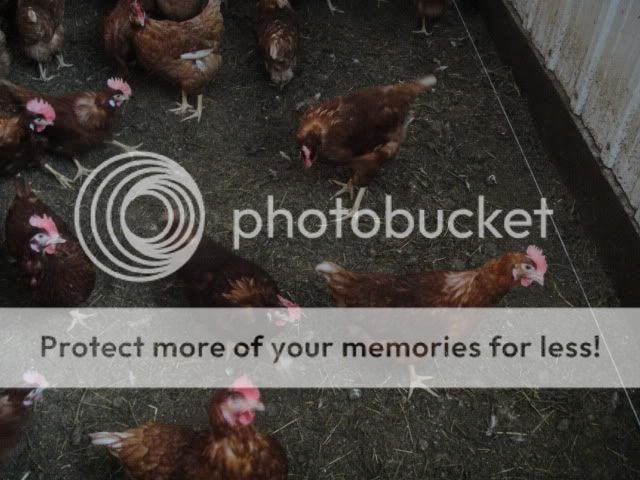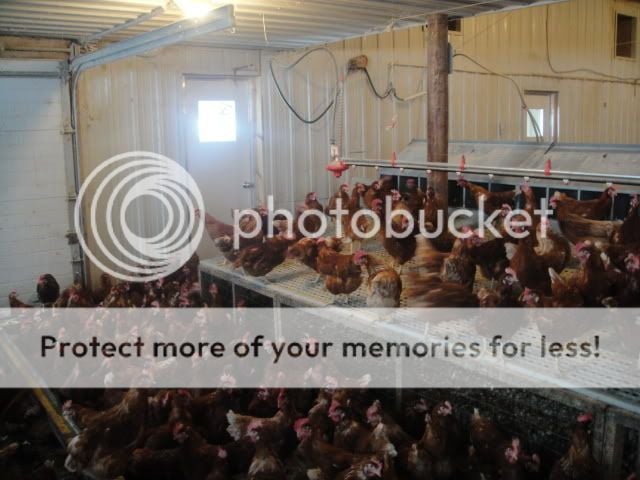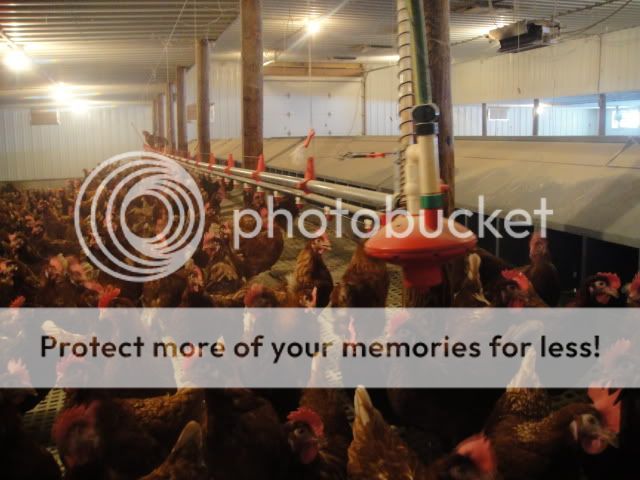Quote:
I didn't but even if I had, it would not be appropriate for me to publish on the internet pictures of people's private property without their permission.
JJ
\\Not a good idea without permission, I would not be pleased if you did that to me. I have not been doing this long but do know one thing for sure, more is better! I am already expanding my chicken coop as I can see how much happier they are with the room. They can always "Huddle" if they want but they can not run if they don't have the room. I would rather be safe than sorry & have a happy coop.
I didn't but even if I had, it would not be appropriate for me to publish on the internet pictures of people's private property without their permission.
JJ
\\Not a good idea without permission, I would not be pleased if you did that to me. I have not been doing this long but do know one thing for sure, more is better! I am already expanding my chicken coop as I can see how much happier they are with the room. They can always "Huddle" if they want but they can not run if they don't have the room. I would rather be safe than sorry & have a happy coop.

